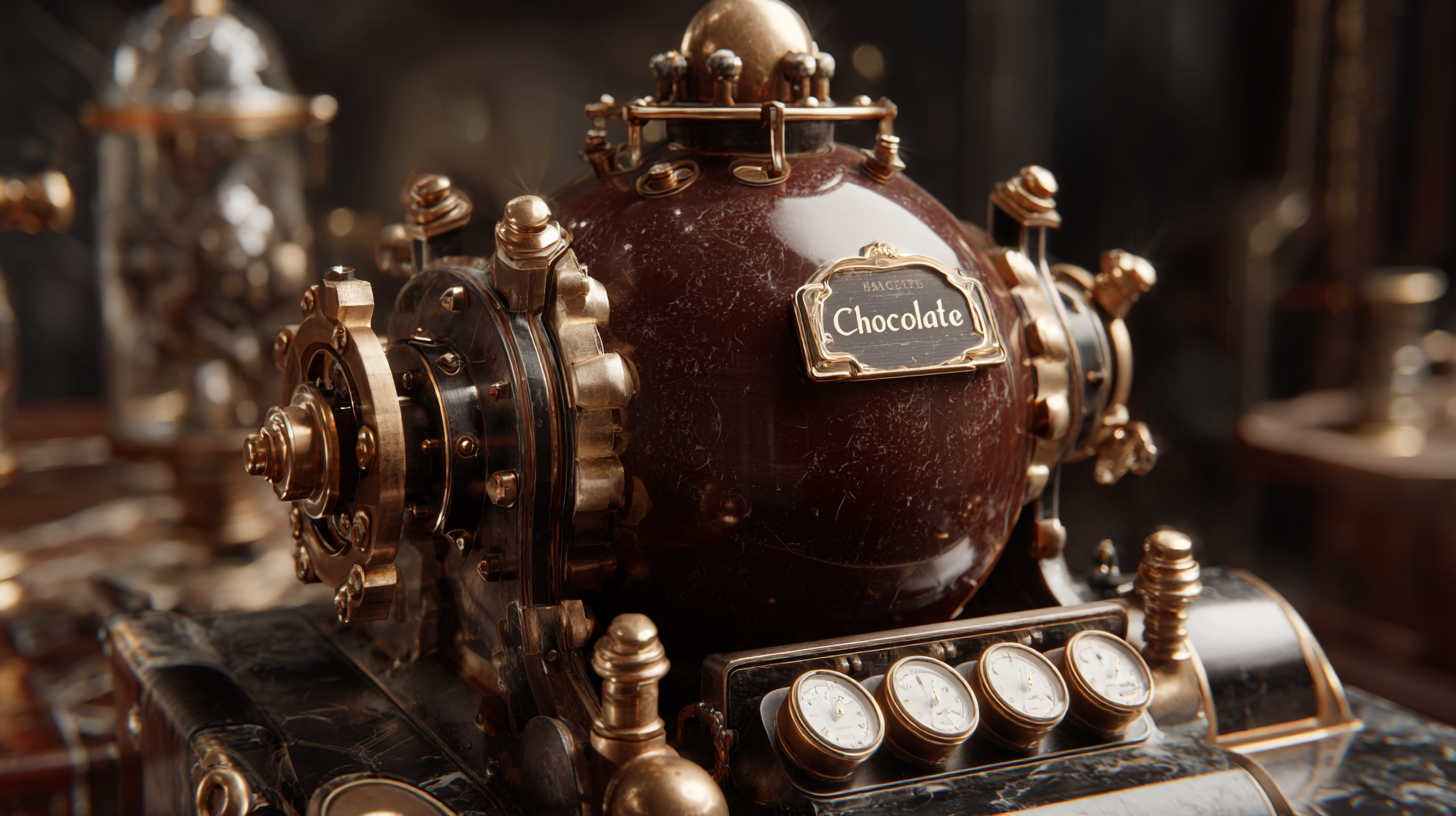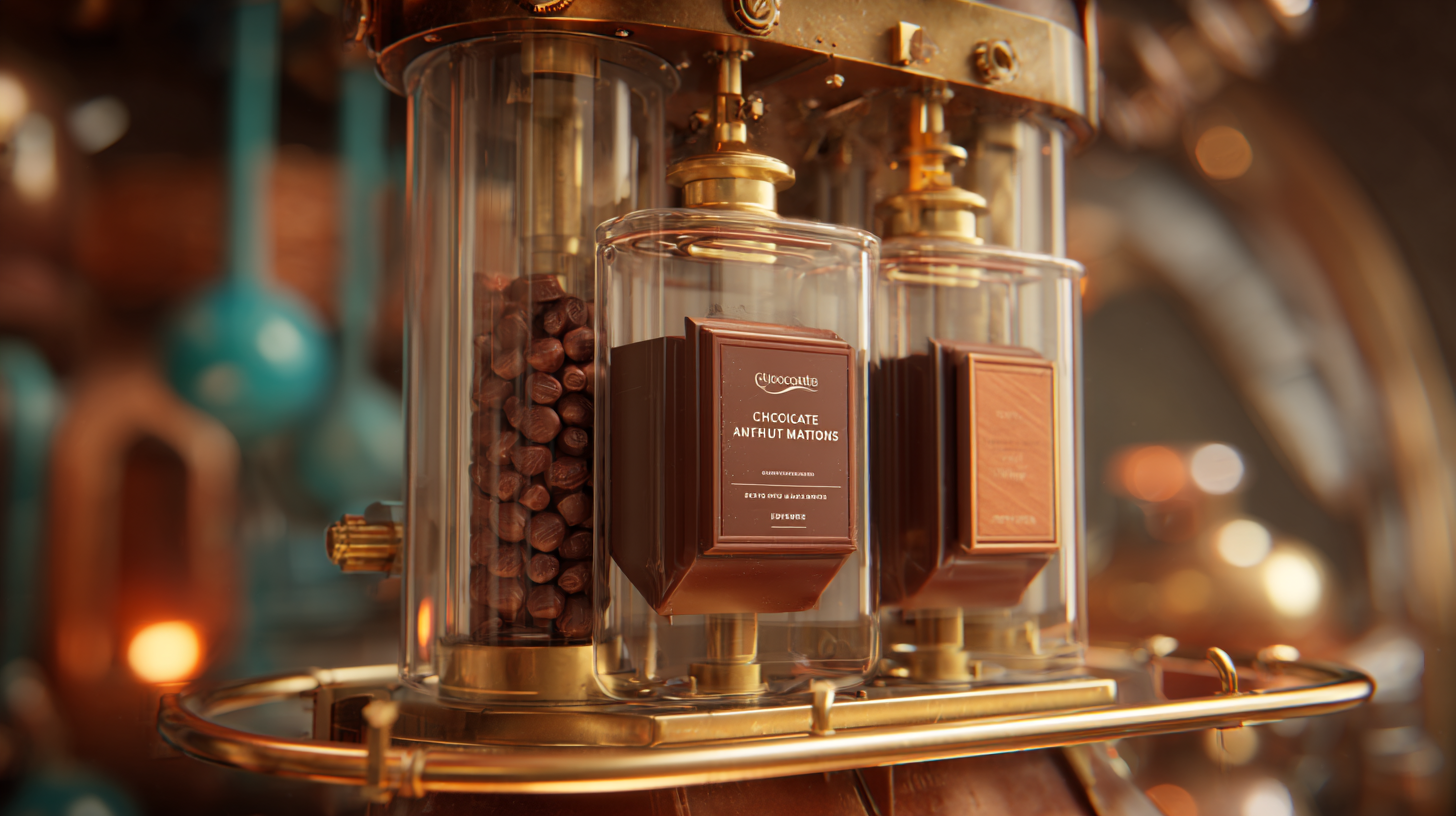In the ever-evolving world of beverage equipment, the Hot Chocolate Machine has emerged as a staple for cafes and restaurants seeking to enhance customer experience during colder months. According to a recent industry report by IBISWorld, the hot beverage industry, which includes hot chocolate, boasts an annual revenue exceeding $4 billion, with a projected growth rate of 4.5% over the next five years. This demand underscores the importance of investing in reliable machines that not only serve consistently delightful drinks but also come with robust after-sales service and manageable repair costs.

As businesses navigate various alternatives to the best hot chocolate machines, understanding the intricacies of maintenance, warranty policies, and overall service quality becomes paramount. This blog will explore unique options available in the market, ensuring that establishments can select machines that not only meet their operational needs but also elevate their hot chocolate offerings.
The global market for chocolate machines, especially those dedicated to hot chocolate, has experienced remarkable growth over the past few years. According to a recent report by Grand View Research, the global hot chocolate machine market is expected to reach $1.2 billion by 2025, growing at a CAGR of 5.2%. This indicates a rising trend in the consumption of premium and gourmet hot chocolate, as consumers increasingly seek indulgent experiences in their beverages. As manufacturers respond to this demand, a variety of innovative machines have emerged, catering to both commercial and home use.

When choosing a hot chocolate machine, consider the available features that enhance the drinking experience. Look for machines with customizable temperature settings and frothing options to create the perfect creamy texture. For those who enjoy a rich and flavorful cup, investing in a machine that uses real chocolate rather than powder can be a game changer. Additionally, with the rise of environmentally conscious consumers, consider machines that use sustainable chocolate sources to align with current trends.
For a delightful hot chocolate experience, incorporate some tips: always preheat your milk before adding chocolate to maintain an ideal temperature, and experiment with different types of chocolate—dark, milk, or white—to discover your favorite blend. Lastly, don’t hesitate to enrich your drink with spices like cinnamon or vanilla to elevate your hot chocolate to gourmet levels right at home.
 When searching for the perfect hot chocolate machine, there are several key features to consider that can elevate your cocoa experience. One of the top features to look for is temperature control. Machines that allow you to adjust the temperature can help you customize your drinks, ensuring a perfectly heated cup that suits your taste. Additionally, a machine with a good frothing capability can enhance the texture of your hot chocolate, creating a creamy and rich finish that feels indulgent.
When searching for the perfect hot chocolate machine, there are several key features to consider that can elevate your cocoa experience. One of the top features to look for is temperature control. Machines that allow you to adjust the temperature can help you customize your drinks, ensuring a perfectly heated cup that suits your taste. Additionally, a machine with a good frothing capability can enhance the texture of your hot chocolate, creating a creamy and rich finish that feels indulgent.
Another important aspect is the ease of cleaning. Look for models with removable parts or self-cleaning options to streamline your maintenance routine. This not only saves time but also ensures that your machine remains in optimal condition, preventing any residual flavors from affecting your next cup.
Lastly, consider the capacity of the hot chocolate machine. If you're making drinks for a large group, selecting a model with a larger serving size will save you the hassle of multiple rounds. On the other hand, if it's just for personal use, a compact design can save kitchen space. Always check user reviews to get real-life insights into performance and reliability.
When it comes to indulging in hot chocolate, owning a top-notch machine can enhance the experience significantly. However, not everyone is ready to invest in high-end models like the popular Velvetiser. Fortunately, there are unique alternatives that can deliver delicious results without breaking the bank. From efficient milk frothers to budget-friendly stovetop methods, you can achieve creamy and satisfying beverages that rival café offerings.
Cost comparisons reveal that while premium hot chocolate makers provide convenience and innovation, several more affordable options can serve as excellent substitutes. For instance, many kitchen devices that froth milk are versatile enough to prepare hot chocolate as well. Additionally, pre-packaged cocoa mixes from grocery stores often match or exceed the flavor profiles of café versions, allowing you to enjoy rich hot cocoa at home for a fraction of the price. The best part is that these alternatives open up a realm of possibilities to customize your drinks according to your taste preferences.
As consumer preferences evolve, insights from recent surveys reveal intriguing trends in the hot chocolate machine market. Many users are exploring alternatives that align with the growing demand for unique flavors and health-conscious options. The latest data indicates a significant interest in machines that not only create traditional hot chocolate but also infuse exotic ingredients, enhancing the beverage's appeal.
Survey respondents highlight the importance of versatility in their hot chocolate machines. Features that allow customization, such as the ability to create dairy-free or sugar-free versions, are becoming essential. This trend mirrors broader food and beverage developments, where consumers are increasingly focused on health and functionality, and are willing to invest in appliances that cater to these needs. As the landscape shifts, manufacturers who adapt to these consumer insights can better position themselves in a competitive market.
In recent years, the chocolate industry has faced increasing scrutiny over its environmental impact, prompting a shift toward more sustainable production methods. According to the World Cocoa Foundation, approximately 70% of the world's cocoa comes from West Africa, regions often plagued by deforestation and poor agricultural practices. This has led to an urgent call for sustainable cocoa farming, with initiatives aimed at reducing carbon footprints and promoting biodiversity. Organizations such as Fair Trade and Rainforest Alliance are paving the way for eco-friendly chocolate, ensuring that farmers adopt practices that protect both the environment and their livelihoods.
As the demand for sustainability grows, innovative alternatives to traditional chocolate production emerge. One promising solution is agroforestry, which integrates cocoa cultivation with other plants to create diverse ecosystems. Research published by the International Cocoa Organization indicates that agroforestry can reduce carbon emissions by up to 40% while improving soil health and increasing yields. Furthermore, companies are beginning to explore the use of lab-grown chocolate, which has the potential to minimize land use and resource consumption significantly. By focusing on environmentally friendly practices, the chocolate industry can meet consumer demands while safeguarding the planet for future generations.
| Alternative Method | Sustainability Features | Environmental Impact Score (1-10) | Cost Efficiency ($ per cup) | Preparation Time (minutes) |
|---|---|---|---|---|
| Solar-Powered Hot Chocolate Maker | Utilizes renewable solar energy | 8 | $0.80 | 5 |
| Manual Whisking Method | No electricity required | 7 | $1.00 | 10 |
| Bamboo Charcoal Heating | Bio-based heating source | 9 | $0.75 | 8 |
| Eco-Friendly Electric Kettle | Energy-efficient design | 6 | $0.90 | 3 |
| Compostable Pod Systems | Reducing plastic waste | 8 | $1.20 | 2 |
For more information, fill out our contact form